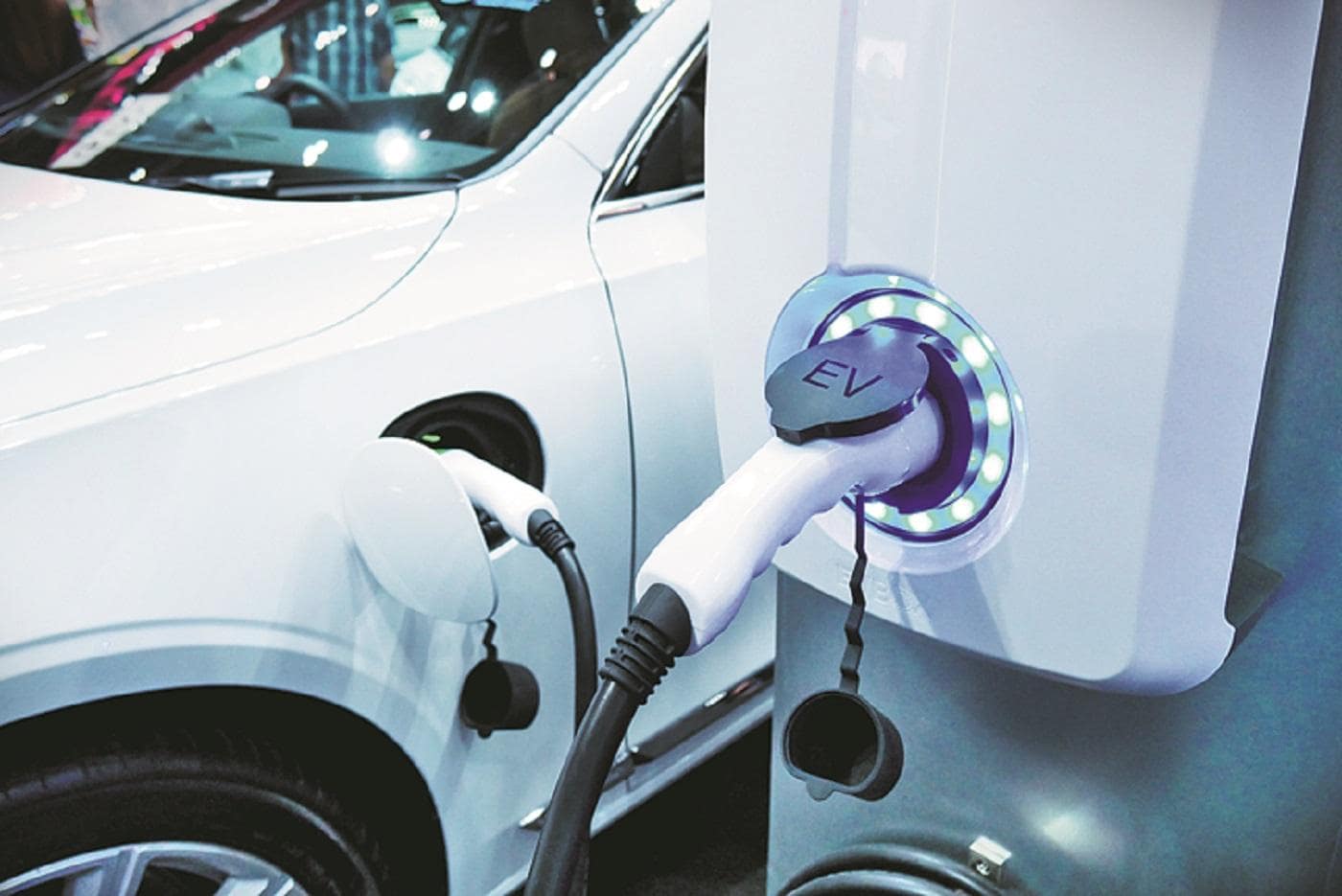India’s auto component industry is gearing up for consistent revenue growth over the next two fiscal years, according to projections by ICRA Research. After a strong performance in FY24, the sector is expected to continue its upward trajectory, with revenue growth estimates ranging from 7-9% in FY25 to 8-10% in FY26. This growth reflects a combination of steady domestic demand, increasing premiumization trends, regulatory shifts encouraging greater localization, and India’s rising significance in the global automotive supply chain.

Key Drivers of Growth
The positive outlook for India’s auto component industry is underpinned by several critical factors that are reshaping market dynamics and positioning the country as a major player in the global automotive landscape.
1. Sustained Demand Across Segments
One of the primary growth drivers for the sector is the sustained demand for vehicles across various segments. The Indian automotive market has experienced consistent growth in recent years, driven by factors such as rising incomes, increasing urbanization, and greater access to financing. These elements have spurred consumer interest in vehicles equipped with modern features, driving up the demand for higher-quality components.
The growing focus on premiumization—where consumers increasingly seek advanced features like improved safety systems, infotainment units, and enhanced performance—has further boosted the market for high-value auto components. This trend is particularly beneficial for manufacturers that can offer technologically advanced products designed for next-generation vehicles.
2. Regulatory Reforms and Higher Localization
Regulatory changes are playing a pivotal role in supporting the industry’s growth. Stricter environmental and safety regulations are compelling automakers to enhance their vehicles, creating new opportunities for component manufacturers. These reforms are also pushing for greater localization, meaning that a higher percentage of components are being sourced and manufactured domestically instead of being imported.
This shift toward localization not only reduces dependency on imports but also allows domestic manufacturers to benefit from cost efficiencies and increased market share. Local suppliers are seeing new growth opportunities as they align with the evolving needs of both domestic and international OEMs.
3. Rising Global Relevance
India’s growing prominence in the global automotive supply chain is another major factor contributing to the sector’s growth. As international automakers diversify their supply chains in response to geopolitical tensions and the need to reduce reliance on China, India has emerged as a viable alternative due to its cost competitiveness, skilled workforce, and robust manufacturing infrastructure.
ICRA projects that exports from India’s auto component industry will rise by 7-9% in FY25 and accelerate further to 8-11% in FY26. This growth will be driven by global demand for reliable, high-quality components as automakers look to mitigate supply chain risks and diversify their sourcing strategies.
Domestic Aftermarket Growth
The domestic aftermarket segment, which primarily deals with replacement parts, is also expected to experience steady growth over the next two fiscal years. ICRA estimates that the aftermarket will grow at a rate of 5-7% in FY25 and improve to 7-9% in FY26.
Several factors are driving this growth:
• Aging Vehicle Fleet: As vehicles remain in service for longer periods, the need for maintenance and replacement parts rises, boosting demand in the aftermarket segment.
• Rising Used Vehicle Sales: The increase in used car transactions has led to heightened demand for repairs, servicing, and replacement components.
• Shift Toward Organized Retail: The growing formalization of the aftermarket, with more sales moving toward organized retail channels, is also contributing to the market’s expansion.
Srikumar K., Senior Vice President and Co-Group Head of Corporate Ratings at ICRA Ltd., emphasized the role of increasing vehicle sales and used car transactions in driving demand for replacement parts. He noted that rural demand has been picking up as well, which provides additional support for the aftermarket segment’s growth.
Emerging Opportunities for Indian Manufacturers
The evolving global supply chain presents numerous opportunities for Indian component manufacturers. Sectors such as metal castings and forgings are witnessing increased demand, both domestically and internationally. Indian firms specializing in these areas are well-positioned to leverage global supply chain diversification, providing advanced, cost-effective solutions to international automakers.
Moreover, India’s focus on advanced manufacturing technologies, such as automation and precision engineering, is further enhancing the country’s competitiveness on the global stage.
Challenges on the Horizon
Despite the optimistic outlook, the Indian auto component industry faces several potential challenges. Chief among them is the growing adoption of electric vehicles (EVs). As EVs gain traction, demand for traditional internal combustion engine (ICE) components—such as engine parts, exhaust systems, and transmission units—could decline.
However, there are mitigating factors that could cushion the industry from these risks. The pace of EV adoption in the heavy vehicle segment remains relatively slow, providing a longer runway for traditional component manufacturers to adjust. Additionally, a slowdown in EV penetration in developed markets may delay the impact on global demand for ICE-related components.
India’s auto component industry is poised for steady, moderate growth over the next two fiscal years, driven by a combination of rising domestic demand, regulatory support, and increasing global relevance. With revenue growth expected to range between 7-10% through FY26, the sector offers promising opportunities for both established players and new entrants.
While challenges related to the shift toward electrification and evolving regulatory requirements persist, the industry’s ability to adapt to these changes will determine its long-term success. For now, India’s auto component sector remains on a solid growth path, underpinned by strong domestic fundamentals and increasing global integration.

